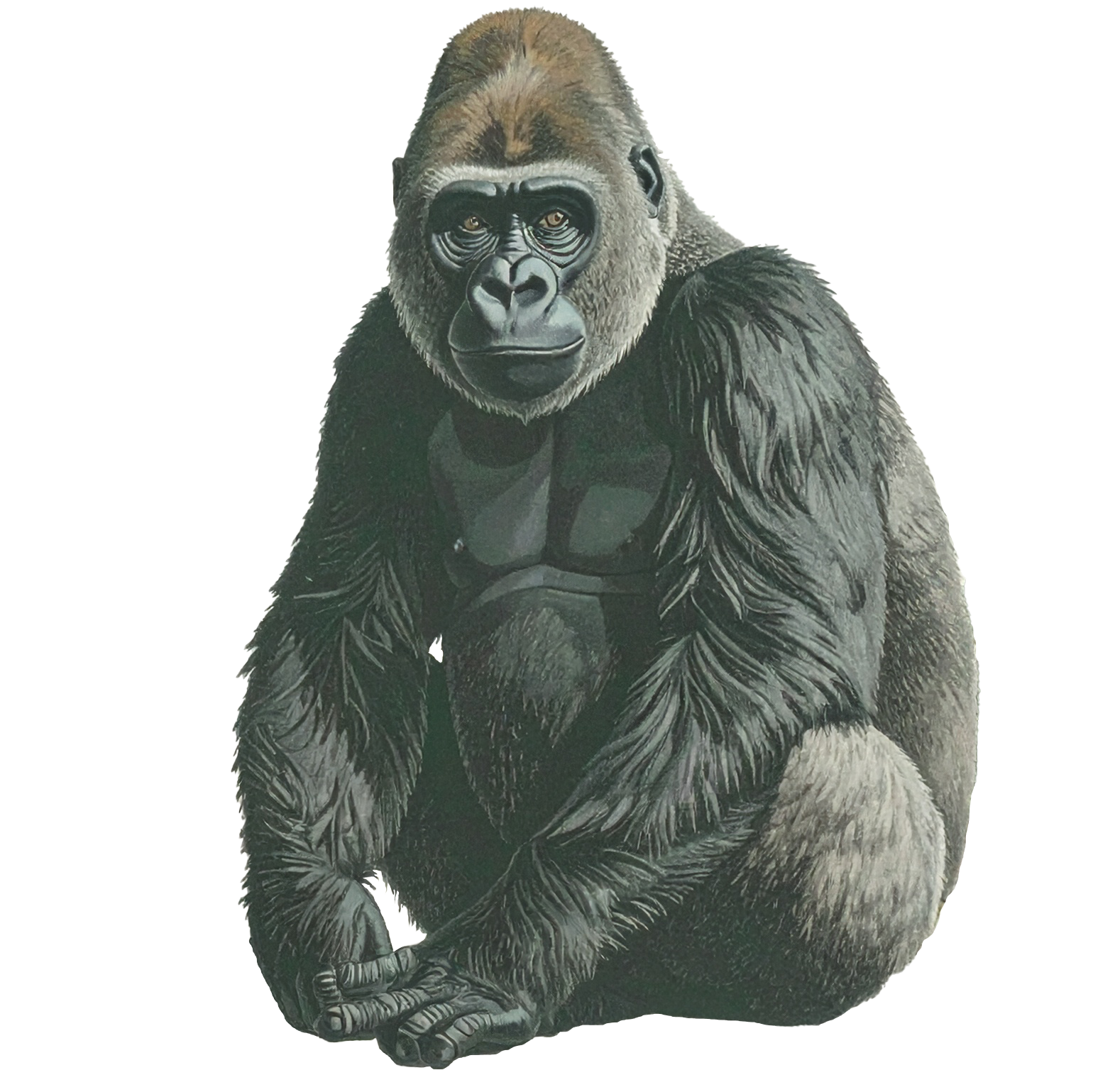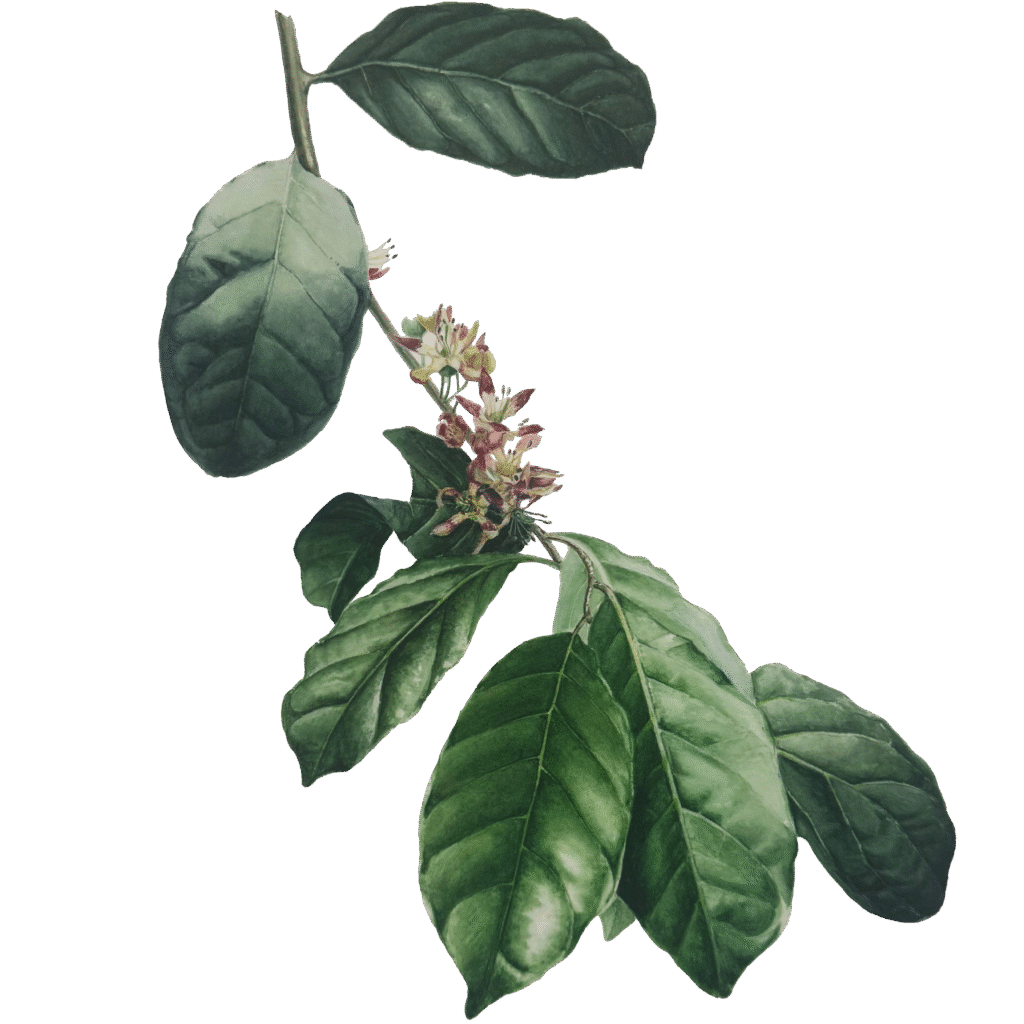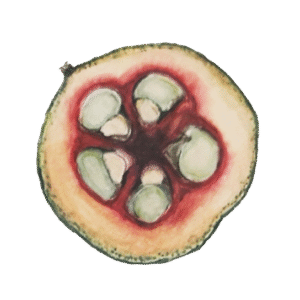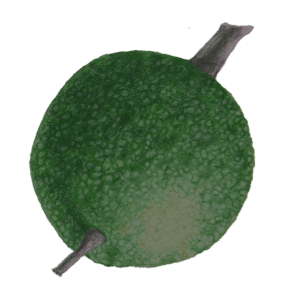Story behind Brazzein
It all started with a legend
In the lush landscapes of West-Central Tropical Africa, a remarkable shrub thrives—one that sometimes transforms into a liana, climbing up to 20 meters into the treetops. This plant, first described by French botanist and physician Henri Ernest Baillon in 1886, produces vibrant red berries with an astonishingly sweet taste.
So sweet, in fact, that locals call it oublié—a word meaning „forgotten” in English. The name carries deeper significance: the fruit is said to be so sweet that children forget their mothers’ milk.
Interestingly, while humans instantly recognize and enjoy its sweetness, other primates do not. Take the Western Lowland gorilla, for example—despite their love for fruit, they rarely eat the berries of Pentadiplandra brazzeana. The reason? Too few calories. From an energy-efficiency standpoint, berries simply aren’t worth it.
But what doesn’t make sense for gorillas makes perfect sense for us.


Context of Today
Since ancient times, humans have craved sweetness. But as the years passed, we began to realize that consuming too much sugar, especially added sugars, had serious health consequences. Excessive intake has been linked to obesity, diabetes, chronic inflammation, and heart disease, making it a major global health challenge.
In response, governments, industries, and consumers scrambled for alternatives. The most common solution? High-intensity sweeteners—compounds that are hundreds or even thousands of times sweeter than sugar, allowing them to be used in tiny amounts with little to no calories.
Today, these artificial sweeteners are the most widely used in the food industry. They are cheaper than natural alternatives and don’t cause sharp blood sugar spikes. However, their chemical origins, artificial aftertaste, and potential health concerns have put a low ceiling on their popularity. Similarly, other natural alternatives that exist suffer from undesired aftertaste and create labelling confusion among customers.
So, is this a dead end? Or is there a better way forward?
Scientific Foundation
At Pentasweet, we’ve found a way around this. Using cutting-edge science, we produce Brazzein with a method called precision fermentation. We tweak food yeast to make Brazzein efficiently. This smart process, guided by advanced biology, lets us create a steady supply without relying on the hard-to-harvest fruit. Plus, it skips the downsides of natural sourcing, like unpredictable supplies and their variability or unwanted extras such as heavy metals and pesticides. The result is a clean and sweet solution that’s good for you and the planet.


Research and Development
Turning Brazzein into a practical sugar alternative hasn’t been easy—big companies have tried and struggled to make it work on a large scale in the past. At Pentasweet, we’ve tackled this by focusing on two key things:
- Perfecting a yeast strain that can produce Brazzein reliably
- Setting up a steady manufacturing process that is ready for scale up.
We’ve cracked it by blending know-how from the pharmaceutical world with eco-friendly biotech breakthroughs. Our test runs show it’s not just doable—it’s also cost-effective, a big step forward from earlier efforts that didn’t pan out.
